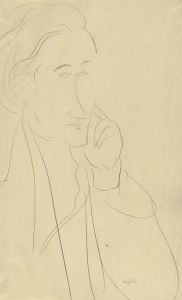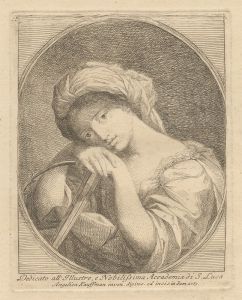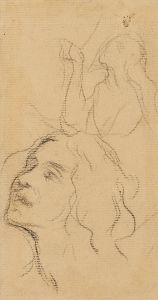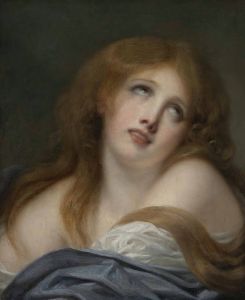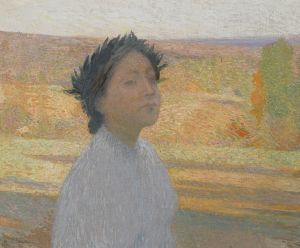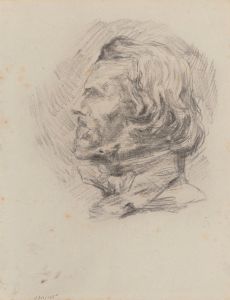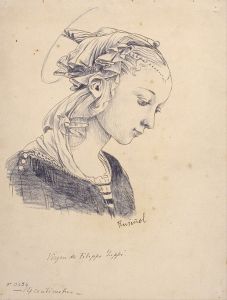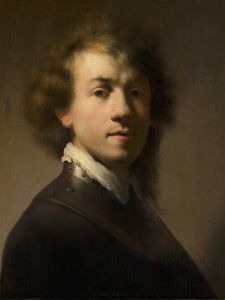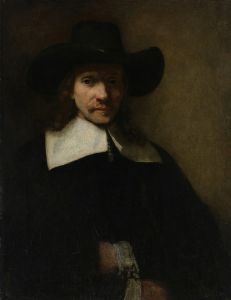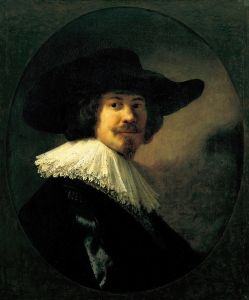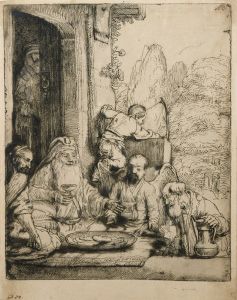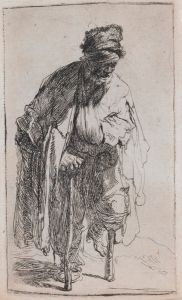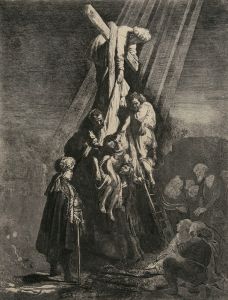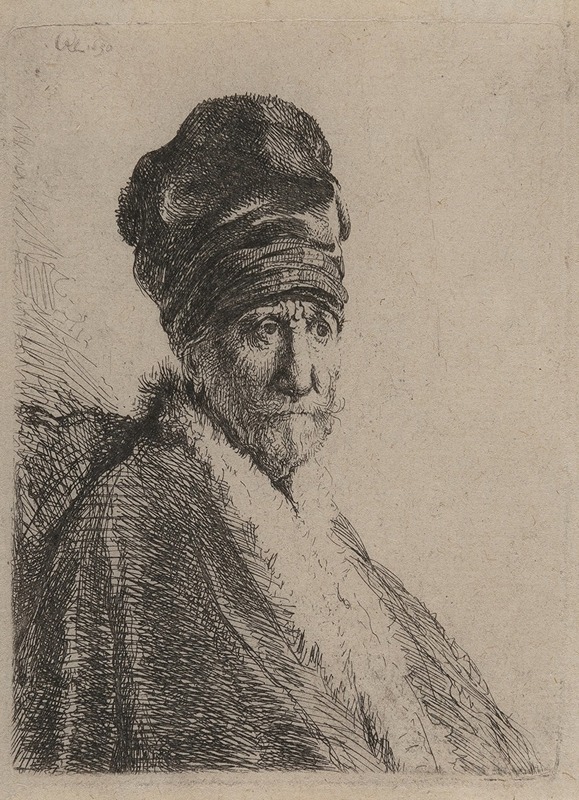
Bust of a man wearing a high cap, the artist’s father
A hand-painted replica of Rembrandt van Rijn’s masterpiece Bust of a man wearing a high cap, the artist’s father, meticulously crafted by professional artists to capture the true essence of the original. Each piece is created with museum-quality canvas and rare mineral pigments, carefully painted by experienced artists with delicate brushstrokes and rich, layered colors to perfectly recreate the texture of the original artwork. Unlike machine-printed reproductions, this hand-painted version brings the painting to life, infused with the artist’s emotions and skill in every stroke. Whether for personal collection or home decoration, it instantly elevates the artistic atmosphere of any space.
"Bust of a Man Wearing a High Cap, the Artist’s Father" is a painting traditionally attributed to the Dutch artist Rembrandt van Rijn. This artwork is believed to have been created in the early 1630s, during the period when Rembrandt was establishing himself as a prominent painter in Amsterdam. The painting is an oil on panel and is notable for its detailed depiction of an elderly man, who is traditionally identified as Rembrandt's father, Harmen Gerritszoon van Rijn.
The painting features a bust-length portrait of the man, who is shown wearing a high cap, which was a common headwear style during the 17th century in the Netherlands. The subject's face is rendered with meticulous attention to detail, showcasing Rembrandt's skill in capturing the nuances of human expression and the effects of light and shadow. The use of chiaroscuro, a technique that employs stark contrasts between light and dark, is evident in this work and is characteristic of Rembrandt's style.
The identity of the sitter as Rembrandt's father is based on traditional attribution, though there is no definitive evidence to confirm this. The painting is part of a series of studies and portraits that Rembrandt created during his early career, which often featured his family members and close acquaintances. These works were instrumental in helping Rembrandt refine his portraiture skills and establish his reputation as a master of capturing the human likeness.
Rembrandt's father, Harmen Gerritszoon van Rijn, was a miller in Leiden, and his profession likely provided the family with a stable income, allowing Rembrandt to pursue his artistic education. While there is limited documentation about Harmen's life, it is known that he supported his son's artistic ambitions. The depiction of the elderly man in the painting conveys a sense of dignity and introspection, qualities that Rembrandt often sought to portray in his portraits.
The painting is housed in the Gemäldegalerie in Berlin, Germany, where it is part of a larger collection of works by Rembrandt and other Dutch masters. The attribution of the painting to Rembrandt has been the subject of scholarly debate, as is the case with many works from this period. However, the stylistic elements and technical execution are consistent with Rembrandt's known works from the early 1630s.
"Bust of a Man Wearing a High Cap, the Artist’s Father" exemplifies Rembrandt's early exploration of portraiture and his ability to convey complex human emotions through his art. The painting remains an important piece for understanding Rembrandt's development as an artist and his approach to capturing the essence of his subjects. Despite the uncertainties surrounding the sitter's identity, the work continues to be appreciated for its artistic merit and contribution to the oeuvre of one of the most celebrated painters in Western art history.





